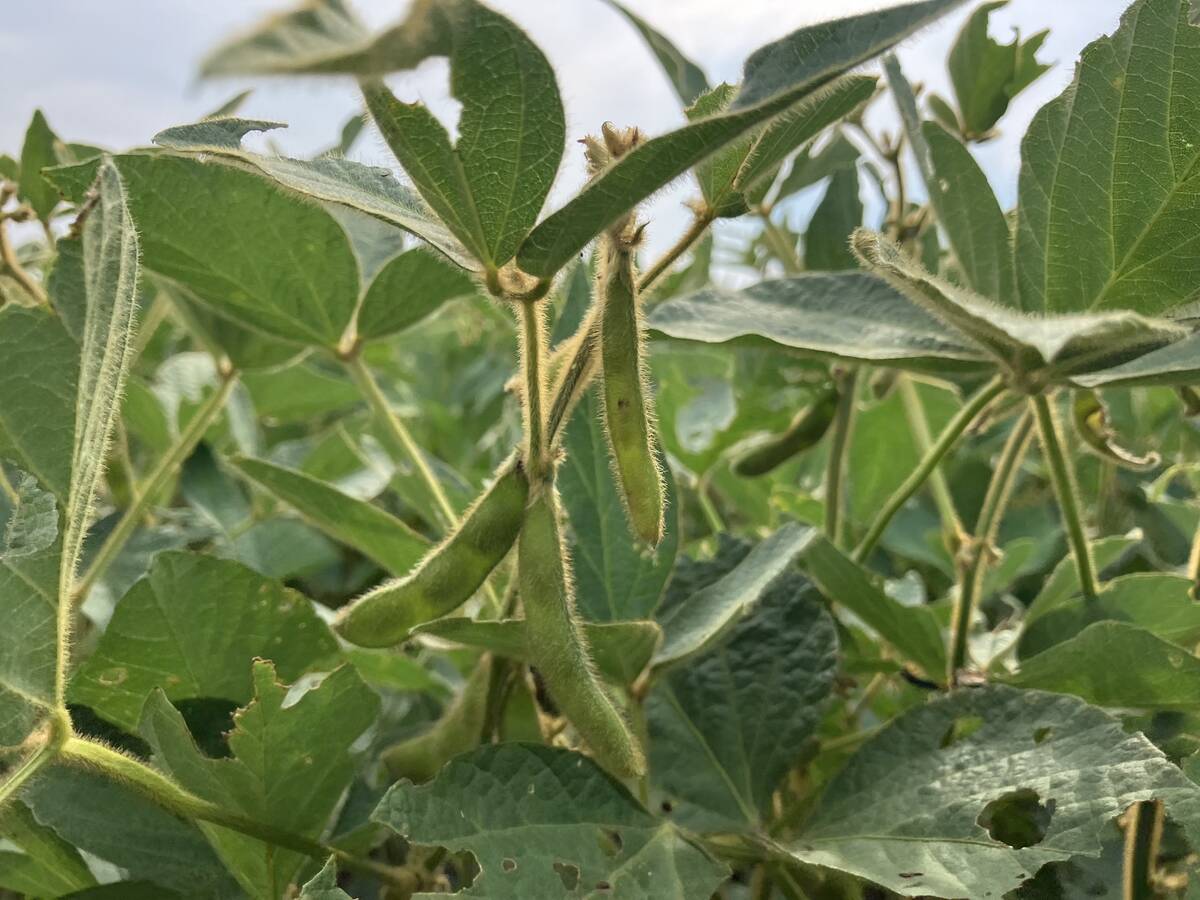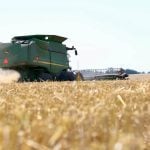Drop was most pronounced in Alberta and Saskatchewan, where conditions were drier and less conducive to disease
Fungicide use in Western Canada fell by almost one-third this year, according to a survey conducted by Stratus Ag Research.
Dry early season conditions in Saskatchewan and Alberta prompted farmers in those two provinces to cut back on fungicide applications.
“Farmers are smart,” said Stratus vice-president Kent Fraser.
“They recognized the condition their crop was in perhaps didn’t warrant further investment and also under dry conditions diseases tend to be generally less of a problem.”
Read Also

Health Canada proposes new restrictions for dicamba on soybeans
Pest Management Regulatory Agency removes the registration to spray dicamba on dicamba tolerant soybeans after the crop starts growing
Growers applied product on 20.4 million acres of crop, which was a 29 percent decline from the previous year, according to the annual crop input survey by Stratus.
This year’s survey contacted 1,696 farmers in Manitoba, Sask-atchewan and Alberta, which is a large sample size.
“It’s a lot different from a political poll where you’re talking to 1,000 people to predict the next election,” said Fraser.
Fungicide use varied dramatically by province. It fell 52 percent in Alberta and 31 percent in Sask-atchewan but increased 16 percent in Manitoba.
Fraser said the difference was weather related. The drought was most pronounced in Alberta, while Manitoba had plenty of spring rain.
Harry Brook, crop specialist with Alberta Agriculture, said growers saw dry conditions during the usual application time at the shot blade stage of crop development and decided to hold off.
He believes it was a wise decision.
“The primary purpose of a fungicide is to fight disease,” he said.
“Well, it was so dry this year a lot of our crops did not have disease or it developed so late and really had no effect on yield.”
Fungicide use also varied widely by crop type. Growers cut their fungicide applications by 38 percent on canola, 33 percent on wheat and nine to 49 percent on most other crops.
Flax and oats were the only two crops where fungicide use was up: nine percent in flax and 62 percent in oats, which Fraser said is because they are popular crops in Manitoba and prices were high at seeding time.
Fungicide use is dictated by disease pressure, yield potential and crop prices.
There was a perfect storm of those three factors in 2013 when fungicide use on the nine major crops peaked at 57 percent of seeded acres, which was much higher than the 11 percent market penetration from a decade earlier.
Growers cut back to 48 percent of seeded acres in 2014 followed by 33 percent this year.
Fraser said the long-term trend still points toward increased fungicide use despite the temporary reduction because diseases such as sclerotinia and fusarium have become major agronomic headaches for growers.
He believes it is also related to the precipitous decline in herbicide prices.
“They’ve been able to reinvest some of that money into fungicides,” said Fraser.
Brook said another major factor is also at work.
“The last five to 10 years, there has been an explosion of fungicide products on the market,” he said.
Chemical companies have picked all the low hanging fruit when it comes to herbicides and are having a tough time discovering active ingredients that meet safety standards and are still effective.
“With fungicides, we’re just sort of jumping on the bandwagon,” said Brook.
Stratus has not had time to delve deeply enough into the survey results to see what brands of fungicides suffered the biggest setback.
Fraser expects the biggest declines will be in products to control sclerotinia in canola and foliar applications for leaf diseases in wheat because that is more of an Alberta problem, while fusarium is more of a Manitoba issue.
Applications of other crop inputs were also down but not as dramatically. For instance, post-emergent herbicide use fell by five percent.
He believes that is because herbicides are applied earlier in the season than fungicides, when the crop didn’t look too bad. Also, herbicides are used to control weeds that farmers can see, while fungicides are used for diseases that may or may not show up.
sean.pratt@producer.com
















